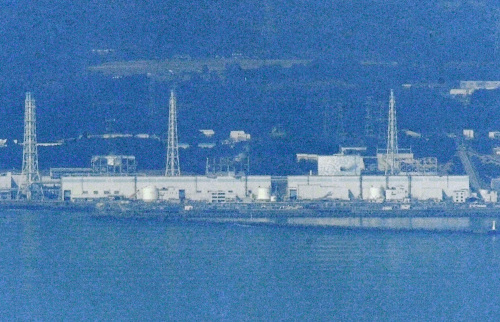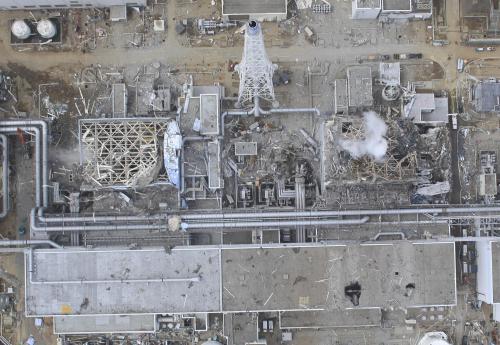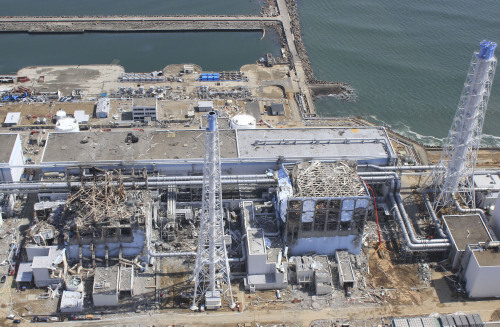TOKYO (AP) _ Seawater outside the hobbled nuclear power plant in northeastern Japan was found to contain 3,335 times the usual amount of radioactive iodine _ the highest rate yet and a sign that more contaminated water was making its way into the ocean, officials said Wednesday.
The amount of iodine-131 found offshore some 300 yards (meters) south of the coastal Fukushima Dai-ichi power plant does not pose an immediate threat to human health but was a ``concern,'' said Hidehiko Nishiyama, a Nuclear and Industrial Safety Agency official.
He said there was no fishing in the area.
``We will nail down the cause, and will do our utmost to prevent it from rising further,'' Nishiyama said.
The power plant has been leaking radiation since a March 11 tsunami slammed into Japan's northeast, knocking out power and backup systems crucial to keeping temperatures down inside the plant's reactors.
Residents within 12 miles (20 kilometers) have been evacuated, while those up to 19 miles (30 kilometers) have been urged to leave as radiation has made its way into vegetables, raw milk and water.
Last week, tap water as far away as Tokyo, 140 miles (220 kilometers) to the south, contained levels of cancer-causing iodine-131 considered unsafe for infants.

일 동북부 원전 근처의 바닷물에서 평상치의 3,335배가 넘는 방사능 물질 요오드가 검출되었다고 일본 원전관련 관리들이 수요일 말했다.










![[Kim Seong-kon] Democracy and the future of South Korea](http://res.heraldm.com/phpwas/restmb_idxmake.php?idx=644&simg=/content/image/2024/04/16/20240416050802_0.jpg&u=)







![[KH Explains] Hyundai's full hybrid edge to pay off amid slow transition to pure EVs](http://res.heraldm.com/phpwas/restmb_idxmake.php?idx=652&simg=/content/image/2024/04/18/20240418050645_0.jpg&u=20240418181020)

![[Today’s K-pop] Zico drops snippet of collaboration with Jennie](http://res.heraldm.com/phpwas/restmb_idxmake.php?idx=642&simg=/content/image/2024/04/18/20240418050702_0.jpg&u=)